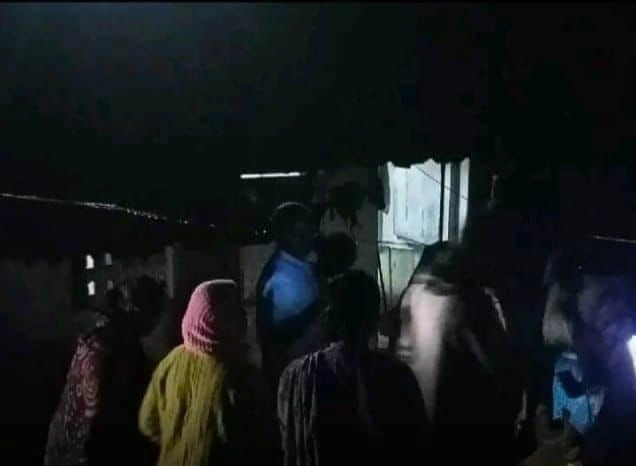In a tragic incident that has sent shockwaves through the community of Tamil Nadu, a four-year-old child was reportedly dragged away by a leopard, leading to a frantic search that ultimately ended in heartbreak. The child, who was playing near their home, was snatched by the wild animal, prompting immediate action from local authorities and wildlife officials. Despite their best efforts to locate the child, the search ended with the discovery of a mutilated body in the nearby forest, raising concerns about wildlife interactions and the safety of children in rural areas.
This heartbreaking event highlights the increasing conflict between humans and wildlife in India, particularly in regions where urban development encroaches upon natural habitats. As human populations expand, the likelihood of encounters with wild animals rises, often resulting in tragic outcomes. The incident has reignited discussions about the need for better wildlife management and public awareness regarding the dangers posed by wild animals. Local authorities are now being urged to implement measures to ensure the safety of residents, particularly children, in areas known to be inhabited by leopards and other potentially dangerous wildlife.
In response to this incident, wildlife conservationists are calling for a comprehensive review of current policies and practices regarding wildlife protection and community safety. They stress the importance of creating buffer zones between human settlements and natural habitats, as well as educating communities about how to coexist with wildlife. The loss of a young life is a stark reminder of the delicate balance that must be maintained between conservation efforts and ensuring the safety of local populations. Moving forward, it is imperative that stakeholders come together to address these issues to prevent such tragedies from occurring in the future, and to foster a safe environment for both humans and wildlife.




